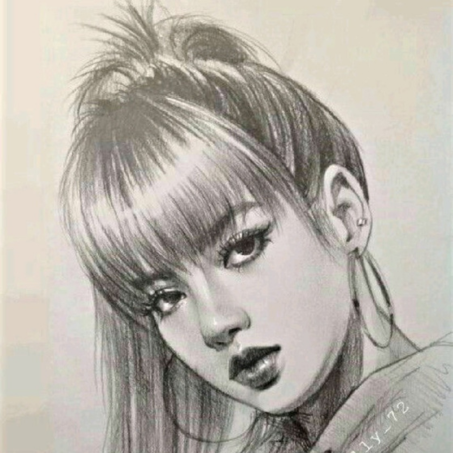Drawing

Dating back at least 40,000 years, humans have created digitals as both a form of artistic expression and communication. Before the invention of writing, people used pictography--a system of communication using a series of drawn icons resembling actual physical objects. They also created artwork of people, animals, and patterns by digital or etching on rock--the oldest example to date of such artwork has been found in Gibraltar and is thought to have been created by Neanderthals. In the 14th century, digital became a popular activity after paper became a widely available material. It was regularly practiced at that time by painters and sculptors to create preliminary studies for their works, illustrators of science and nature texts, and by both architects and engineers creating technical drafts. Today, digital remains one of the most popular artistic disciplines among both professional and amateur artists alike.
We customize the type of work you need. So depending on your space layout, we offer solutions to all your art requirements- be it a hanging piece, a wall art or a magnificent photograph. Also, we take commercial projects as well, mainly from the hospitality industry, where aesthetics and art are pivotal in the ambience. Our customization services take care of measurement issues, size variables and more, to give you the ultimate art solutions for your interior spaces. If you enjoy digital and would like to own original works to inspire you, or if you’re an art lover who’d like to feature one or a collection of digitals in a room, we’re confident that you’ll find works you love within our vast selection of original fine art digitals for sale from around the world. Browse original digitals by style, subject, and medium now, or get personalized one-on-one help by taking advantage of our Art Advisory service.
Artists may choose between dry media (e.g. graphite, pastels, charcoal, conte, metalpoint) or wet (pen, ink, marker) to create their digitals. Watercolor pencils, however, can be used both dry (like normal pencils) and wet (like watercolor paint), depending on the artists’ preferences and desired effects. The type of paper chosen will also affect both the appearance and longevity of a digital. Highly textured papers can help to “grip” softer digital media such as charcoal, while smooth paper (such as Bristol paper) allows for fine lines and precise detail in graphite pencil digitals. Artists also typically choose acid-free paper to create their works, as basic wood pulp paper will degenerate and discolor far more quickly over time. Actual digital techniques vary greatly depending on the specific media used as well as the artist’s preferred style.
Our Drawing Collection
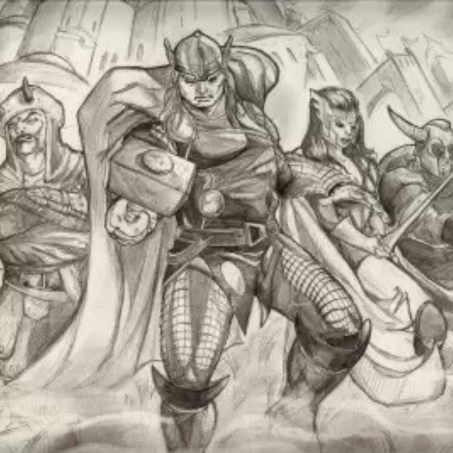
Super heros

Goddess
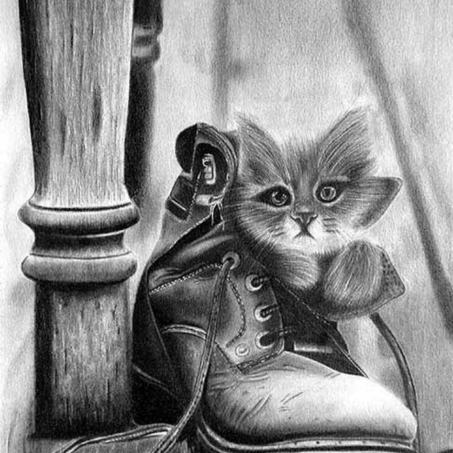
Creative
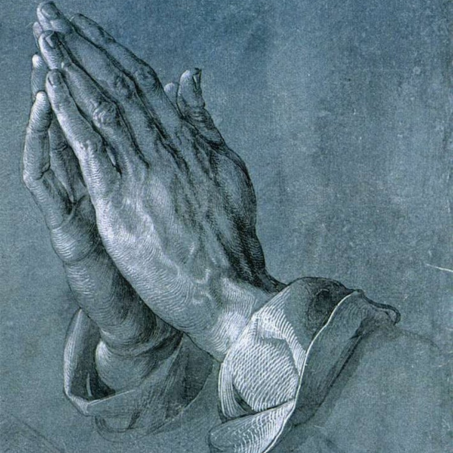
Peace
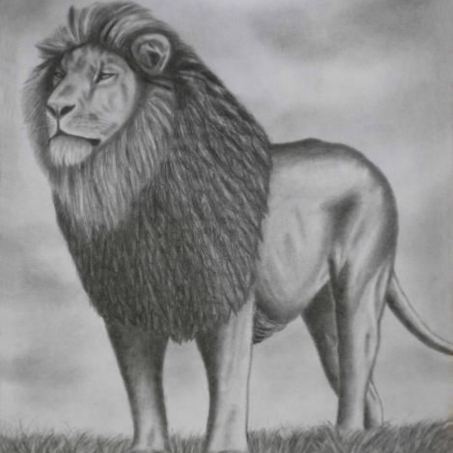
Animal
